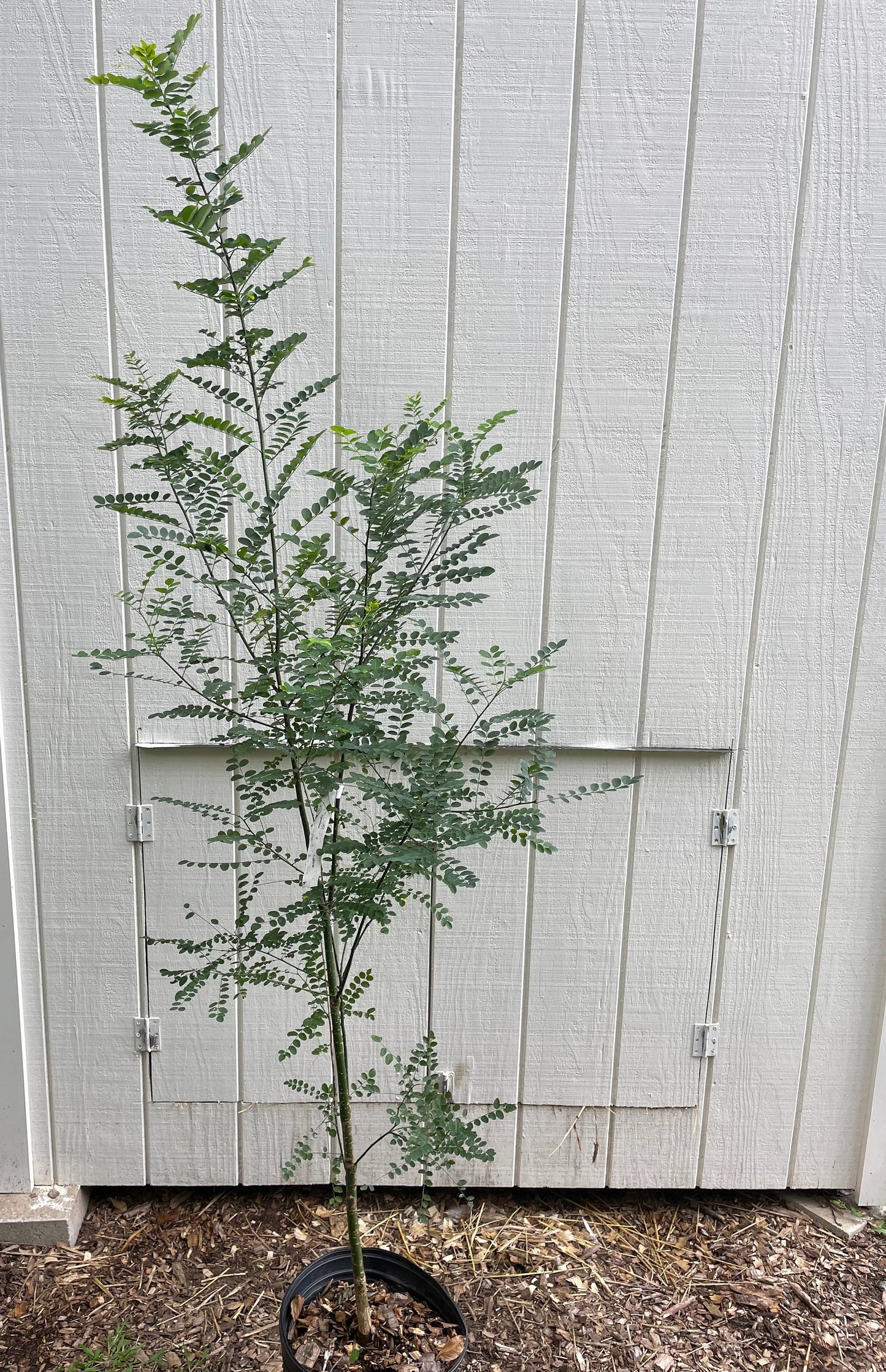Eastwoods Organics
Japanese Pagoda (Styphnolobium japonicum)
Japanese Pagoda (Styphnolobium japonicum)
Couldn't load pickup availability
DISCLAIMER - WE ADVISE THAT THE BEST TIME TO SHIP IS FROM OCTOBER TO MAY. SHIPPING OUTSIDE OF THAT TIME PERIOD CAN BE EXTREMELY STRESSFUL TO ANY LIVING PLANT. ON MOST OCCASIONS, PLANTS WILL SURVIVE THAT STRESS AND GO ON TO THRIVE. HOWEVER, OCCASIONALLY SOME WILL PERISH. WE DO NOT GUARANTEE TREES THAT WE DON’T PLANT, SO ONLINE SALES ARE AS IS. WE DO NOT SHIP TREES IN CONTAINERS/POTS AS TO AVOID EXCESSIVE SHIPPING CHARGES. WE SECURE TREE ROOTS IN LARGE PLASTIC BAGS PACKED WITH WET MEDIUM. IF YOU WISH TO SPECIFY A SHIP DATE, PLEASE INCLUDE A NOTE WITH YOUR ORDER. OTHER WISE IT WILL SHIP AS SOON AS WERE ABLE. WE DO NOT ACCEPT CANCELLATIONS ONCE AN ORDER IS PLACED. PLEASE KNOW WHAT YOU ARE ORDERING. SHIPPING TO ALASKA AND HAWAII IS EXTRA. OUR SHIPPING TIMEFRAME IS AN ESTIMATE NOT A GUARANTEE AS WE ARE AFFECTED BY WEATHER EVENTS, STAFFING ETC. Styphnolobium japonicum, commonly called Japanese pagoda tree or Chinese scholar tree, is native to China and Korea, but not Japan. It is a medium to large deciduous tree that typically matures to 50-75’ (less frequently to 100’) tall with a broad rounded crown. It is generally cultivated for its attractive compound foliage and fragrant late summer flowers. Pinnate leaves (to 10” long), each with 7-17 oval, lustrous, dark green leaflets, remain attractive throughout the growing season. Leaves retain green color late into fall, resulting in no fall color or at best an undistinguished greenish yellow. Small, fragrant, pea-like, creamy white flowers (each 1/2” long) bloom in late summer in sweeping terminal panicles to 12” long and to 12” wide. Flowers fall to the ground around the tree after bloom covering the ground with a blanket of white. Flowers give way to slender, 1- to 6-seeded, knobby, bean-like pods (to 3-8” long) that mature to brown in fall and persist into winter. Although not native to Japan, the specific epithet and common name seem to recognize the early use of the tree in Japan around Buddhist temples. Grows in zones 4-8. Thanks for looking
Share



